Topics
Downpipe fabrication
The straight six original 4.2L Jaguar engine had exhaust manifolds only on the left side of the block.
The V8 LS3 has dual manifolds on opposing sides of the block, so obviously the downpipes coming off of the manifolds must be custom fitted and will hug both sides of the engine block. The fitment, especially on the left side due to the steering column, is very tight.
See the discussion about exhaust manifold fitment. The optimal manifold is a “center dump” configuration but a suitable GM off-the-shelf option isn’t available. Instead, a downpipe must be welded to the 2161 (Corvette 2005) manifold which is reverse installed (left and right sides swapped) to get the best clearance.
The flange “ears” on the 2161 manifold were ground down with a center dump pipe welded to the modified flange face. Welding saves space and makes it possible to fit the downpipe in past the steering column.
As the pipes run past the transmission oil pan, a Y-connector joins the left and right sides together (this helps balance the exhaust pressures).
A single exhaust pipe run along the left side of the propeller shaft until a Y-split mates with the twin rear exhaust components.
Rear components
The XJ6 rear exhaust components remained virtually unchanged between 1968 and 1987 except for minor hanger variations and slip joint versus flange pipe connections.
But confusion still reigns due to a proliferation of Jaguar factory part numbers that drifted from model to model. Today none of these part numbers are relevant.
One popular “stock” system is an aftermarket product manufactured by Bell with five different models that reflect the minor variations of the OEM components.
The JR026 system, highlighted in yellow, is the best fit for our Series 1 and also features silencers that exit towards the transmission tunnel (unlike the original Series 1 design that exited on the left side) that will accommodate our dual pipes for the LS3 manifolds.
We use most of the long pipe, cutting it off after it joins into a single pipe (see Bell illustration above) and then fitting in a join for the dual pipes running up to the engine manifolds.
Tail pipe
The only esthetic choice in the exhaust system is the tail pipe: straight like American muscle cars or S-shaped, a reflection of traditional Jaguar elegance. There is an argument for both.
Straight pipes are consistent with the powerful 430 HP engine we’re installing. They are blunt and to the point. On the other hand, curved tail pipes underscore the British heritage.
We’re going with curved (it’s very easy to swap out tail pipes).

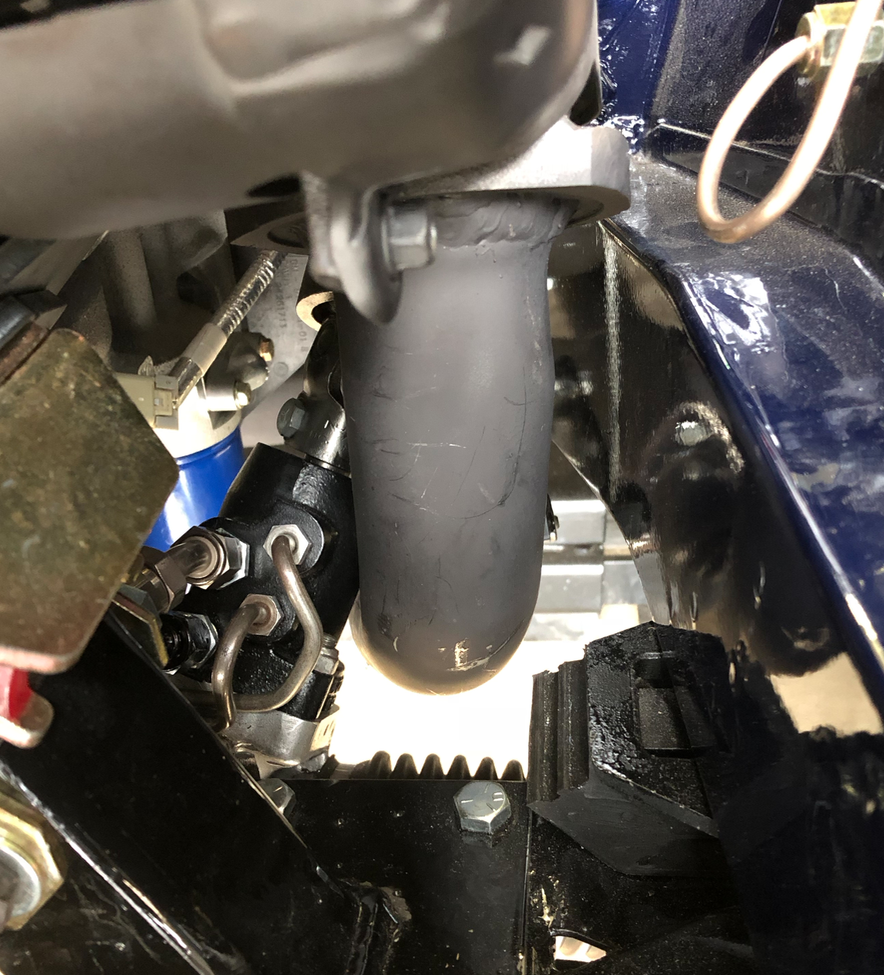








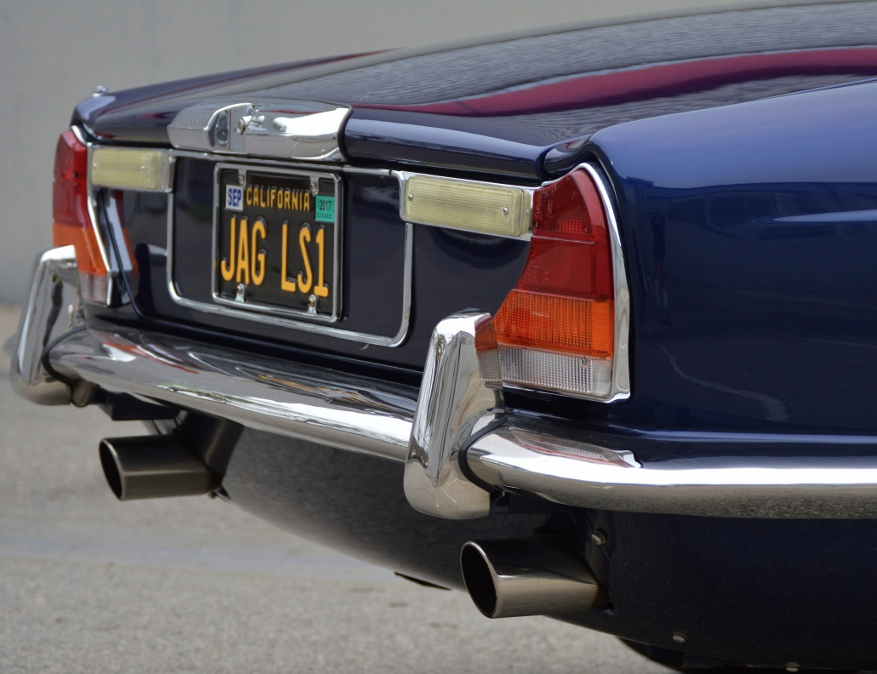
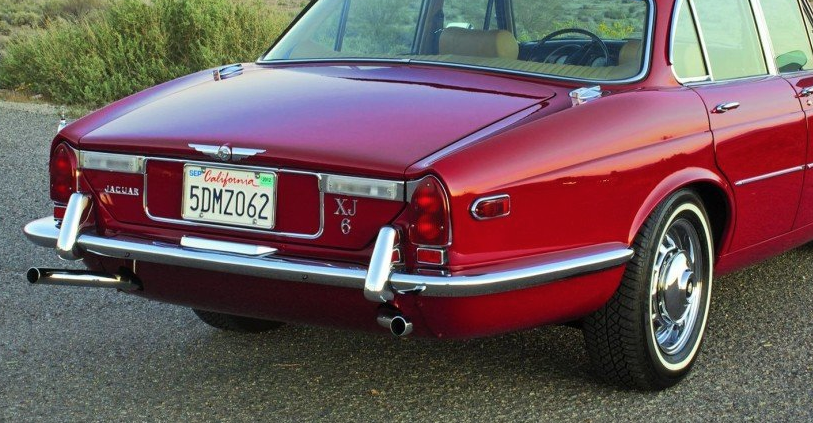

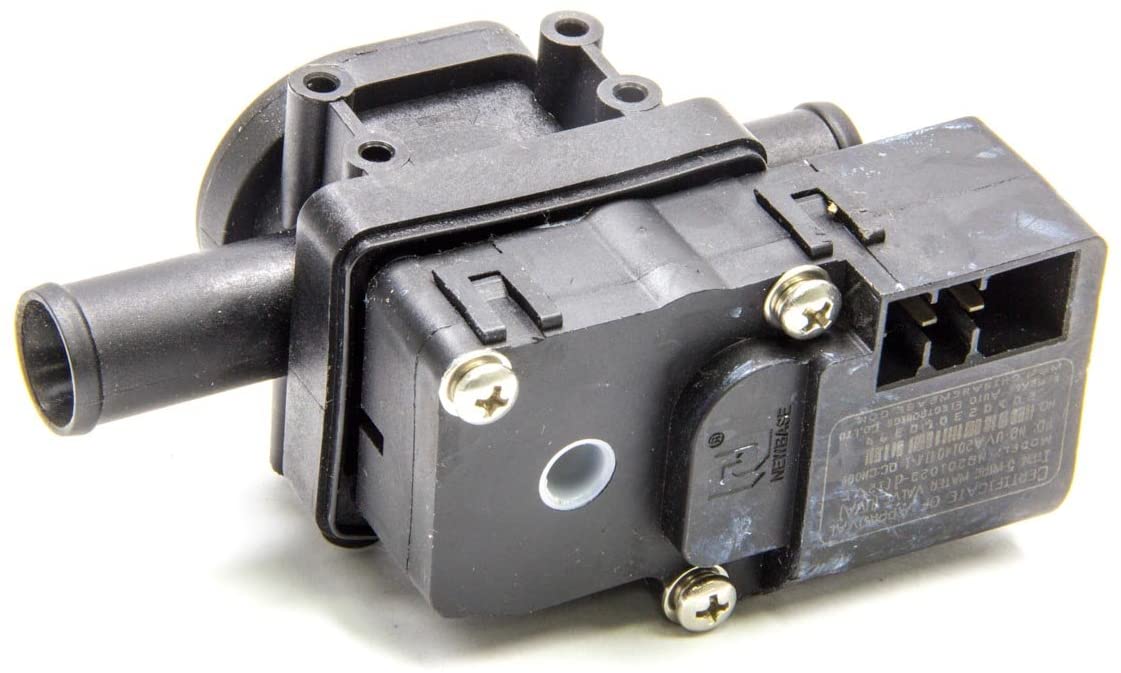
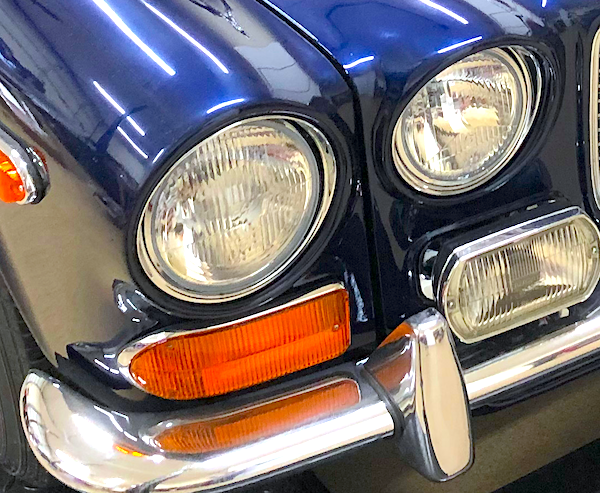


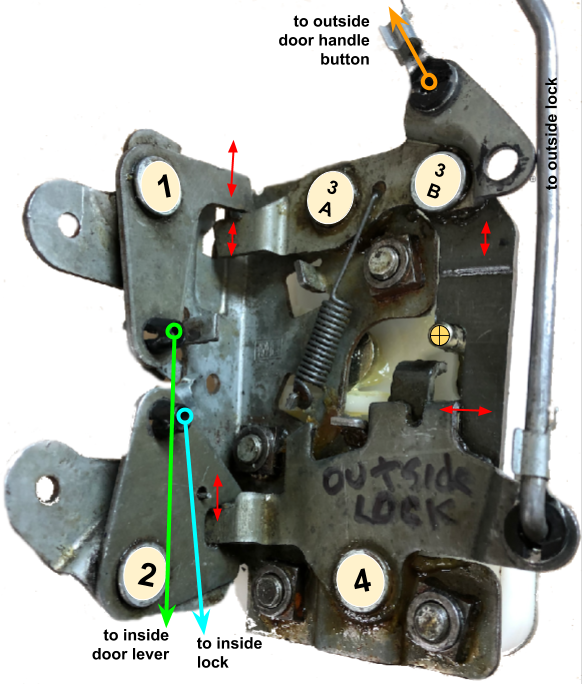
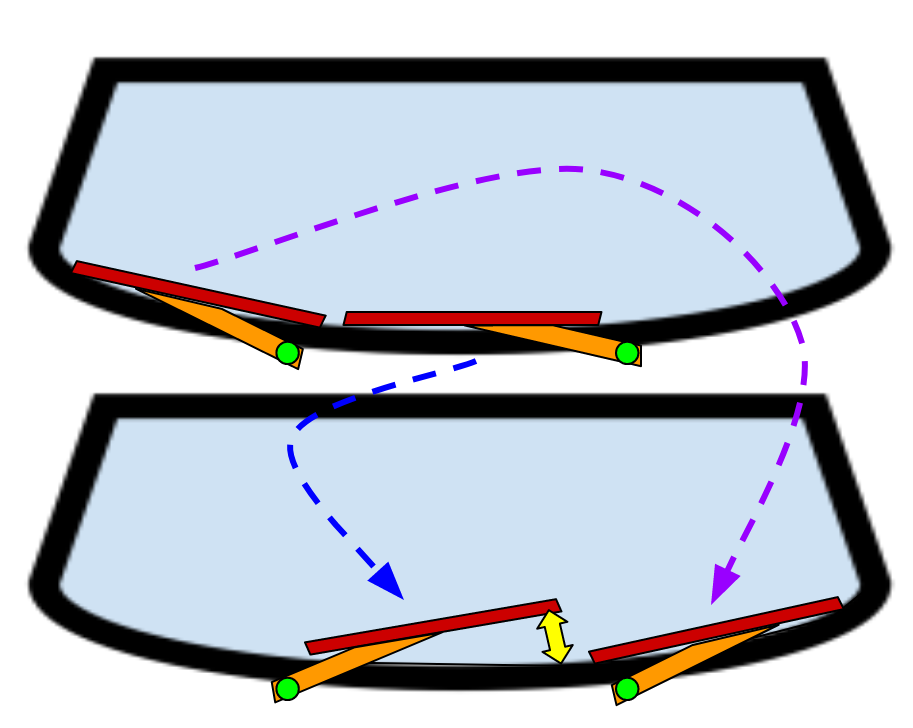

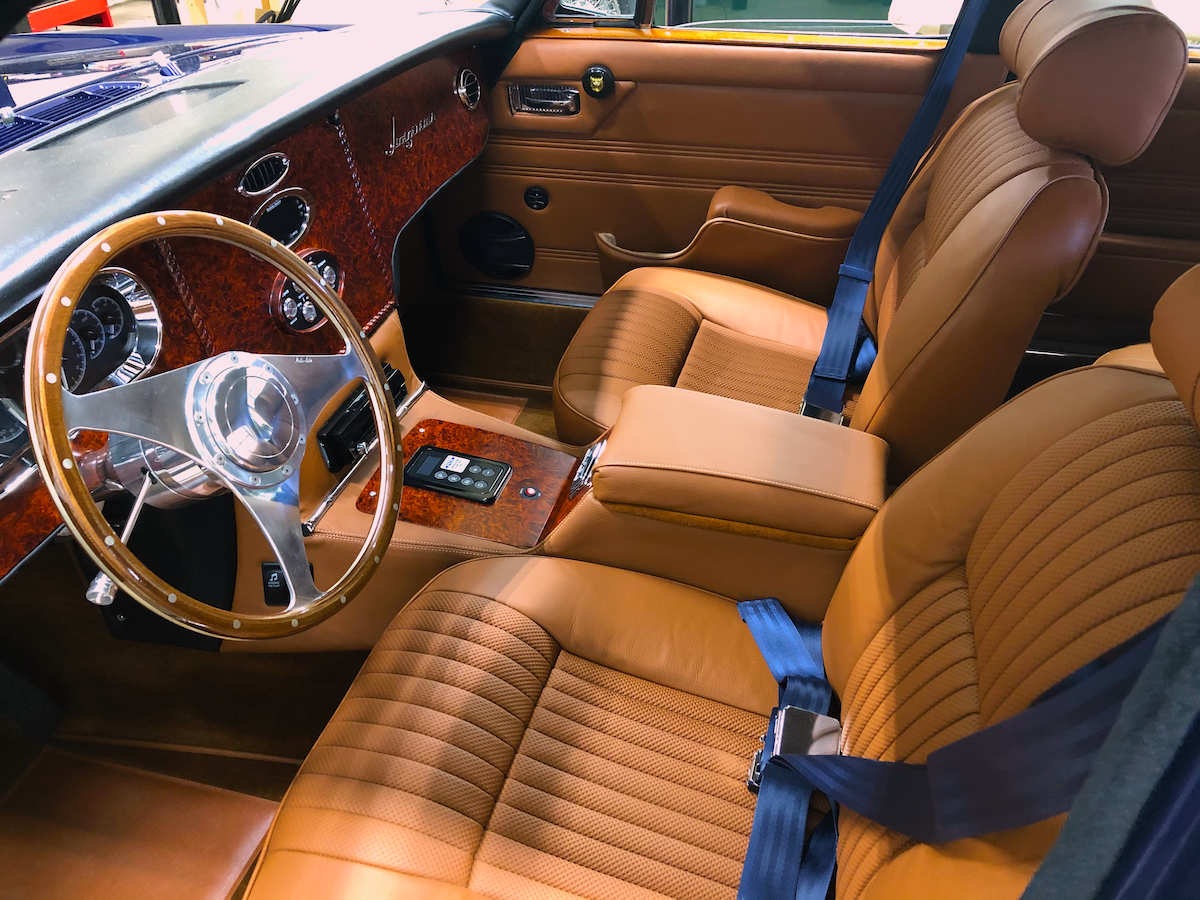
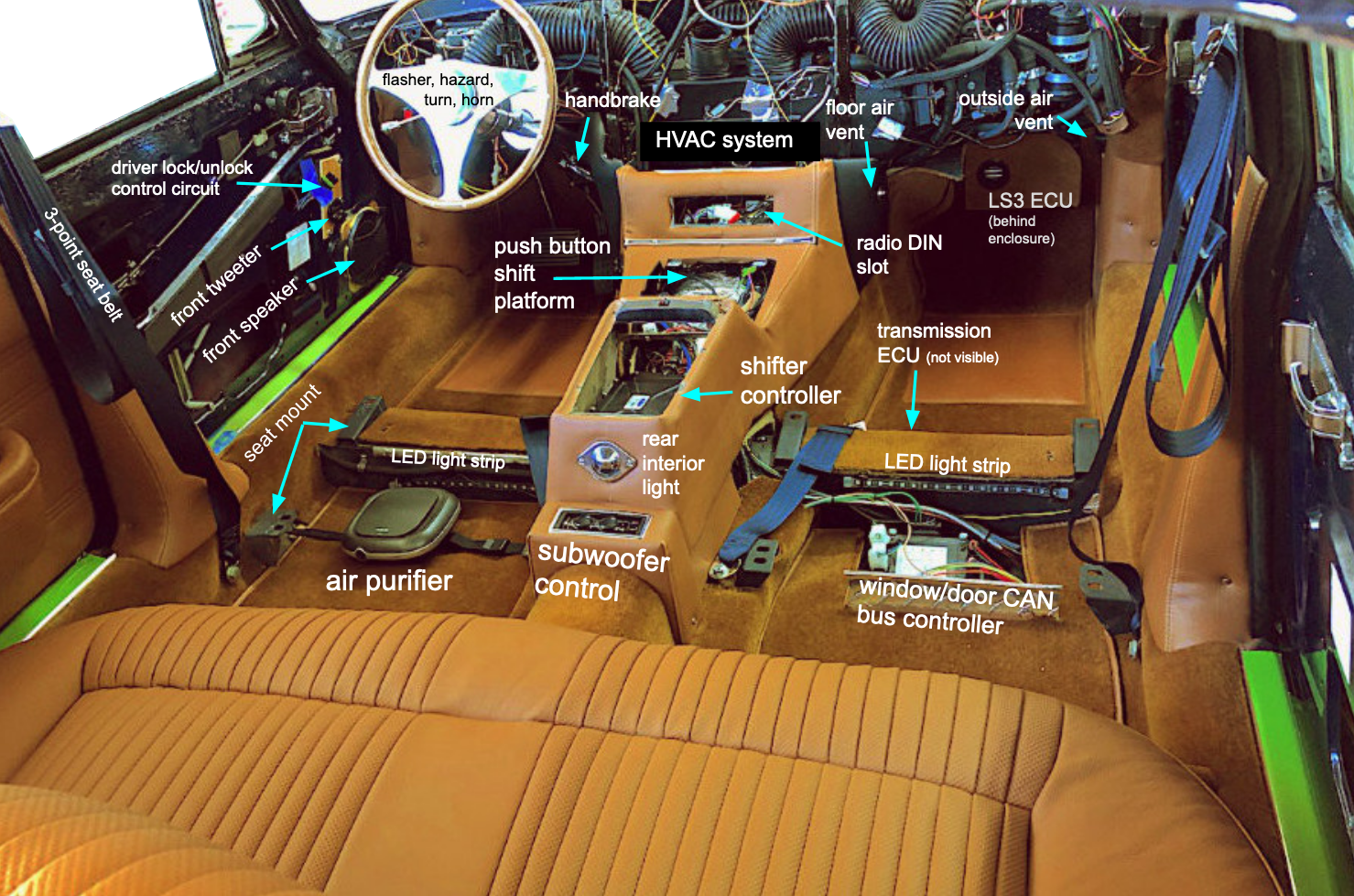
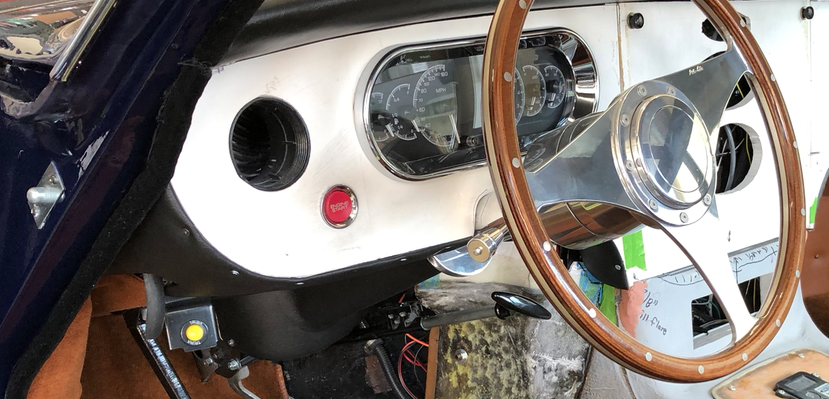
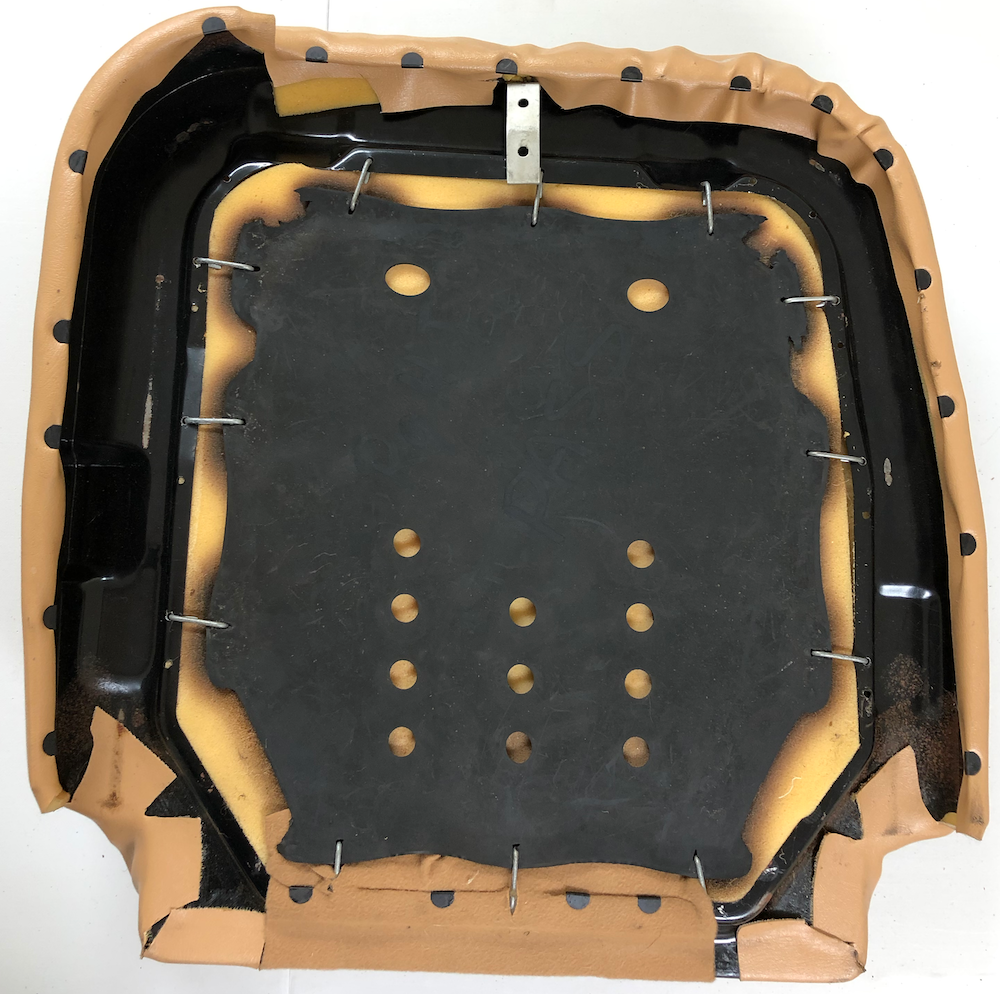






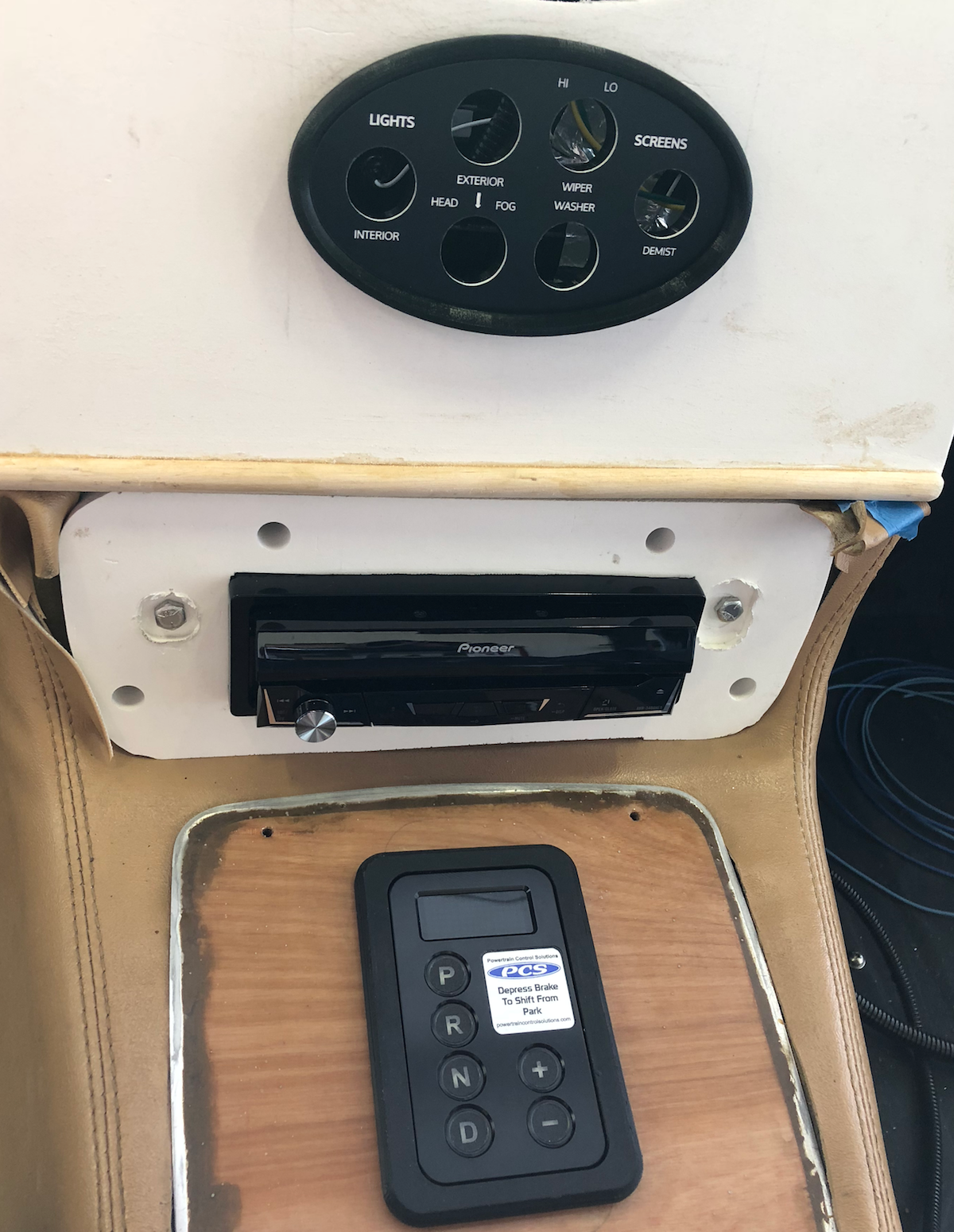

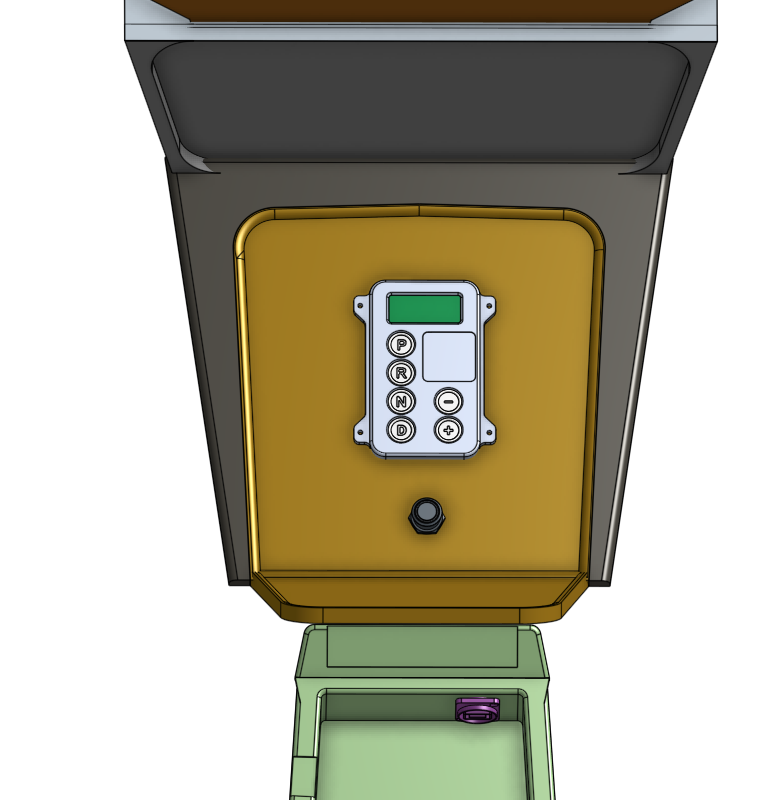
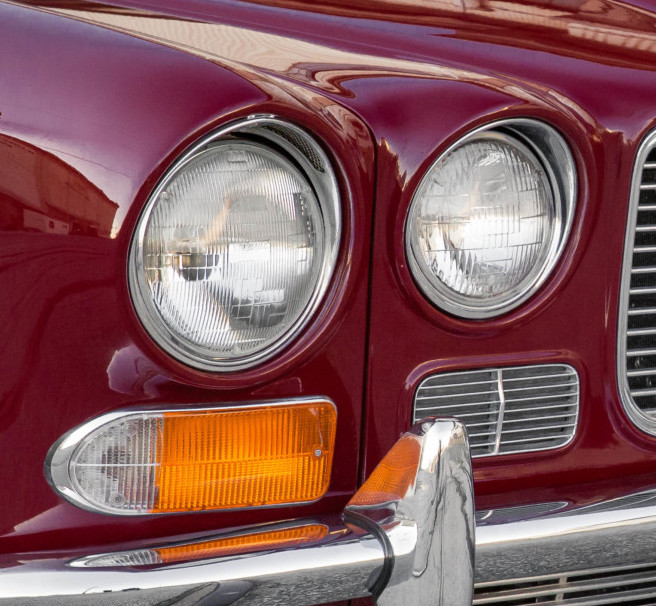

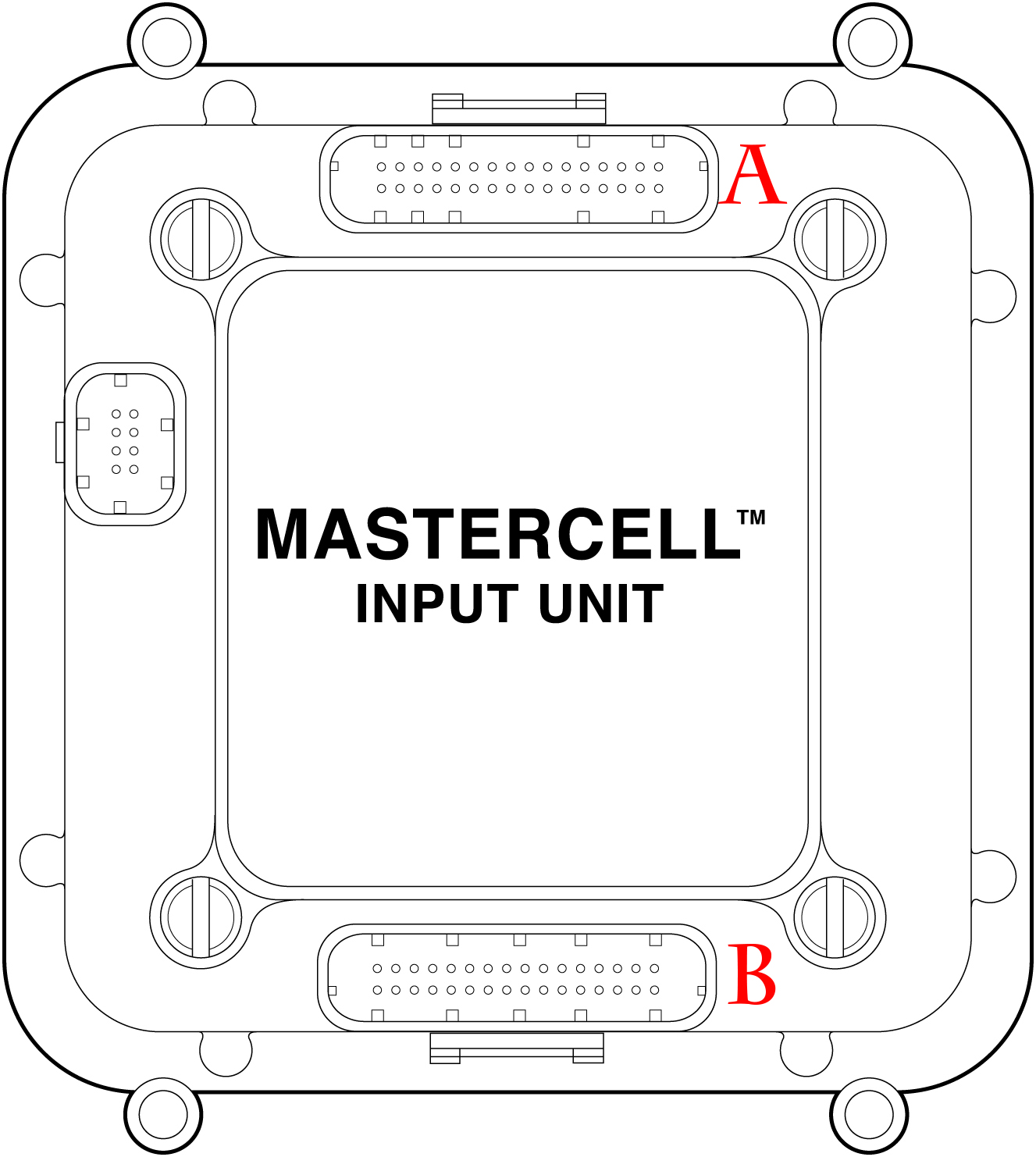




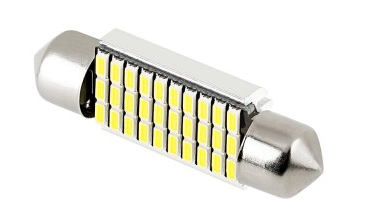
How did you get the curved exhaust tailpipes to fit? I had to weld on a smaller OD piece onto the resonator to make it work. Jag OD is much smaller than usual 2.25 or 2.5 inch pipe used with a Chevrolet V8.
Used Corvette headers mounted “backwards” with a custom down pipe welded to the header flange (the flange was cut back to fit).